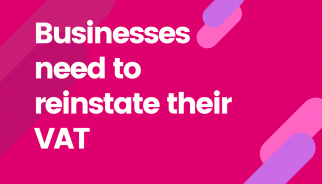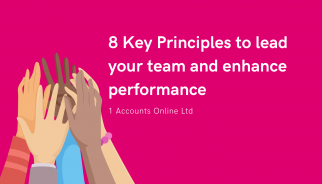
Thousands of parents have been juggling two to three full-time jobs for the past 11 weeks now: their normal job,…

Thousands of parents have been juggling two to three full-time jobs for the past 11 weeks now: their normal job,…

The deferral of VAT payments due to coronavirus comes to an end on 30 June and businesses need to take…

With the changes in working practices COVID-19 has caused and the likelihood that many people will be working remotely for…

Whether leading in person or virtually, there are 8 principles that you can adopt to improve team performance. Many organisations…

What’s Going On Now? As time goes on it is getting harder and harder to keep track of all the…

It’s looking like remote working will be the ‘new normal’ as we ease our way out of lockdown. While this…

With the recent easing of lockdown restrictions, several businesses are asking some of their employees to return to the workplace…

How to stay positive for your family and your team (even if you are scared and worried too) Do you…

Are your team actually working? With the phased reopening of businesses over the new few weeks to months, many businesses…

Flexible Furloughing From 1 July 2020, Businesses will have the flexibility to bring previously furloughed employees back to work part-time…